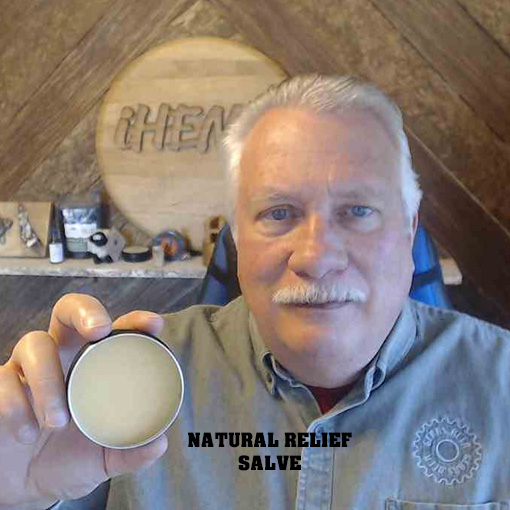Shooting a hockey puck well is, in some ways, a natural skill. Some players just seem to have an innate sense of the balance, timing and strength needed to bury the biscuit.
But for many others, shooting a puck is an acquired skill achieved through the relentless trial and error of practice. Sending puck after puck into an empty net, though, is only part of the battle.
For those truly determined to improve their shot, strength training can be a key component of the process. Here are some of the reasons why hitting the gym is a good idea – as well as some specific things you can do to hopefully add shot power and quickness to your game.
In speaking with Doug Crashley, who develops elite hockey players at Crash Conditioning, as well as Sean Cromarty, a former NCAA Division I player at Colorado College who now owns Competitive Advantage Training, some common themes emerged.
Both emphasized rotational exercises as the key to gaining the kind of strength and movements necessary for a good shot.
“Having strong forearms and wrists help, but it’s more like a bow and arrow with the way these sticks are made,” Cromarty says.
Crashley says he always works from the legs up for a simple reason.
“We’re seeing players trained to shoot now by having balance on their front leg,” he says. “Maybe 10 or 15 years ago, it was a different shot.”
Here are the exercises they advise:
Single-Leg Squats
“This is 100 percent one of the best exercises,” Crashley says. “That aids with stability. To be able to squat on both legs and be able to take a force and stop it from moving the body is one of the first things I’d want to do.”
Pairs Stability Work
Another way to achieve that desired lower body stability, Crashley says, is to work with a partner. One person gets into what he calls a “loaded, athletically ready position” and tries to hold that position while his or her partner works to nudge them off-balance. “Do this so you don’t lose power when you make contact with a shot,” Crashley says. “You want to have stability in that position.”
Medicine Ball Throws
Both Crashley and Cromarty mentioned medicine ball throws as a great way to build strength that aids shooting.
“I’m big on ballistic motions where you’re torqueing violently,” Cromarty says, which is exactly what happens when the body is loading up to unleash a shot.
High-Low Chops
This is exactly what it sounds like: an exercise that essentially simulates a chopping motion, usually with a cable or rope. This is a great core exercise, Crashley says, particularly in a split-leg position. And a strong core is a key to a good shot.
Pallof Press
This exercise, named for a physical therapist from the Boston area named John Pallof who is credited with developing it, is also a great core exercise. Crashley describes it as, “resisting a cable as you’re pulling it across your body.” For a demonstration, click here:https://www.youtube.com/watch?v=g921oqINXFQ
Landmine Rows
For more of the explosive motions that work on rotational strength, Cromarty suggests landmine rows, which involve attaching a weight to a special apparatus. Here is a good example of the device and the movement: https://www.youtube.com/watch?v=sRiTREXb_uo
Pull-Ups
Good old-fashioned pull-ups are still quite effective in improving strength in the back and torso.
“If you have a big back, you’re going to be able to shoot the puck hard, and these guys who can really lean in and shoot the puck are thick through the torso,” Cromarty says.
The Big Picture
You’ll notice that many different body areas are worked in the various exercises both trainers recommend. That’s by design, as a good shot is a complex set of movements dependent on several different muscle groups.
“It’s important to have wrists and arms, but it’s just as important to have shoulders, hips and stabilizers,” Crashley says. “I think the idea of any of these movements is it’s not just small muscle groupings but a set of movements throughout the body sequencing at the right time and being strong enough not to lose energy.”



